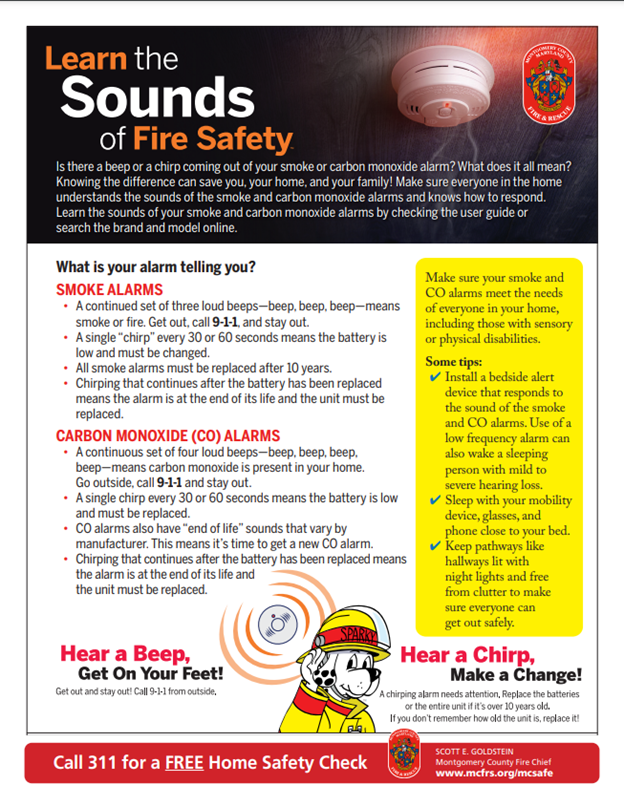Children and Smoke Alarms
Statistics point to a fifty percent reduction in fire fatalities since the introduction of smoke alarms into the home. Although 90% of all residences have smoke alarms today, no smoke alarms were present in 42% of residential structure fires where fatalities occurred. Smoke alarms were present in 58% of fatal residential structure fires, but only operational in 37% of those fatal fires. That means that most often where smoke alarms are present in a fatal fire, the smoke alarm is nonfunctional due to dead or missing batteries.
What is imperative at the moment is for our citizens to understand the need not to rely solely on smoke alarms as the entire answer to escaping from fire. These recent news events serve to reinforce the need for home escape planning. Smoke alarms are a tool in the planning process. Parents need to clearly understand their supporting roles in the escape plan. After going over the plan with your family, you should conduct a walkthrough of the plan. When you feel comfortable with your plan, hold a fire drill at night (activate your alarm) while your children are sleeping so that you and they can determine the appropriate response to a smoke alarm.
Resources
Home Escape Planning |
Learn the Sounds of Fire Safety  |
Smoke Alarm Law
|
